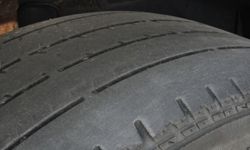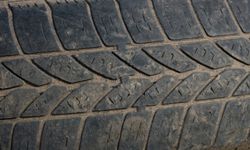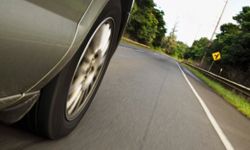Just as your feet are sore after a long walk, the tires on your car take a beating every time you drive. This isn't a sign of bad driving --well, not usually -- but rather an inevitable fact of life. Tires get old and worn down. And because a tire failure while you're driving can be catastrophic, causing your car to go out of control or leaving you stranded in the middle of nowhere without any easy way to get home, you want to know when your tires are in bad shape so you can get new ones before something goes wrong. Of course, if you have a mechanic look at your car periodically, he or she will probably tell you if the tires need to be changed, but there are several things you can do yourself short of a visit to your local auto center to make sure your tires are in good shape.
We've listed five of the warning signs that indicate you need new tires (in no particular order) over the next few pages.
Advertisement





